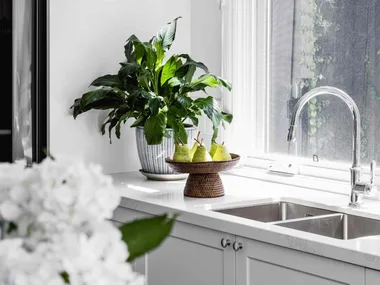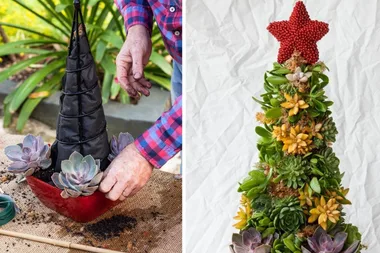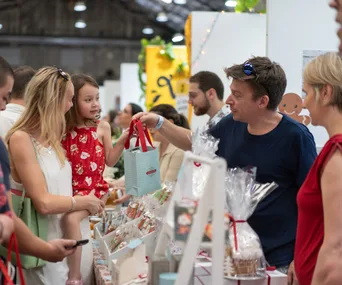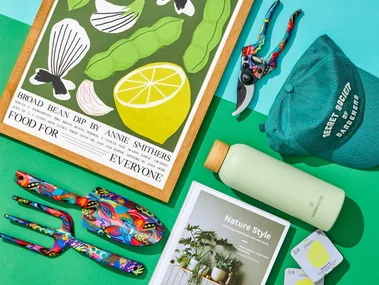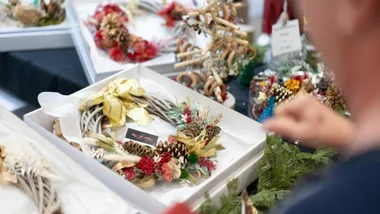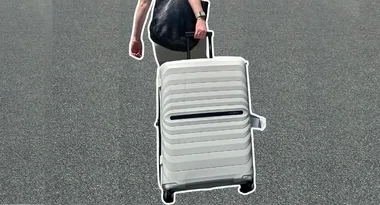Dogs are the ones known for hurting your garden, not the other way round!
Watch: The Garden Plant That Gives Dogs Allergies
If your four-legged friend is usually the one to wreak havoc in the garden, there are a couple of plants you must watch out for. While many plants, especially natives, look beautiful and have great produce to harvest, they can be quite toxic to dogs.
If your dog likes to munch on your plants or has a keen eye for flowers to lick, these are the plants you definitely should avoid in your garden:
10 plants that are toxic to dogs
Australian wattle
Wattle contains toxins that can cause tremors, seizures and sometimes death in dogs if ingested.
Native violet
Native violet, although it looks amazing as a lawn alternative, can be dangerous for your puppy. It can cause severe digestive issues, including vomiting and diarrhoea.
Kangaroo paw
This native plant contains a toxin called saponins which can cause vomiting, diarrhoea and other digestive issues.
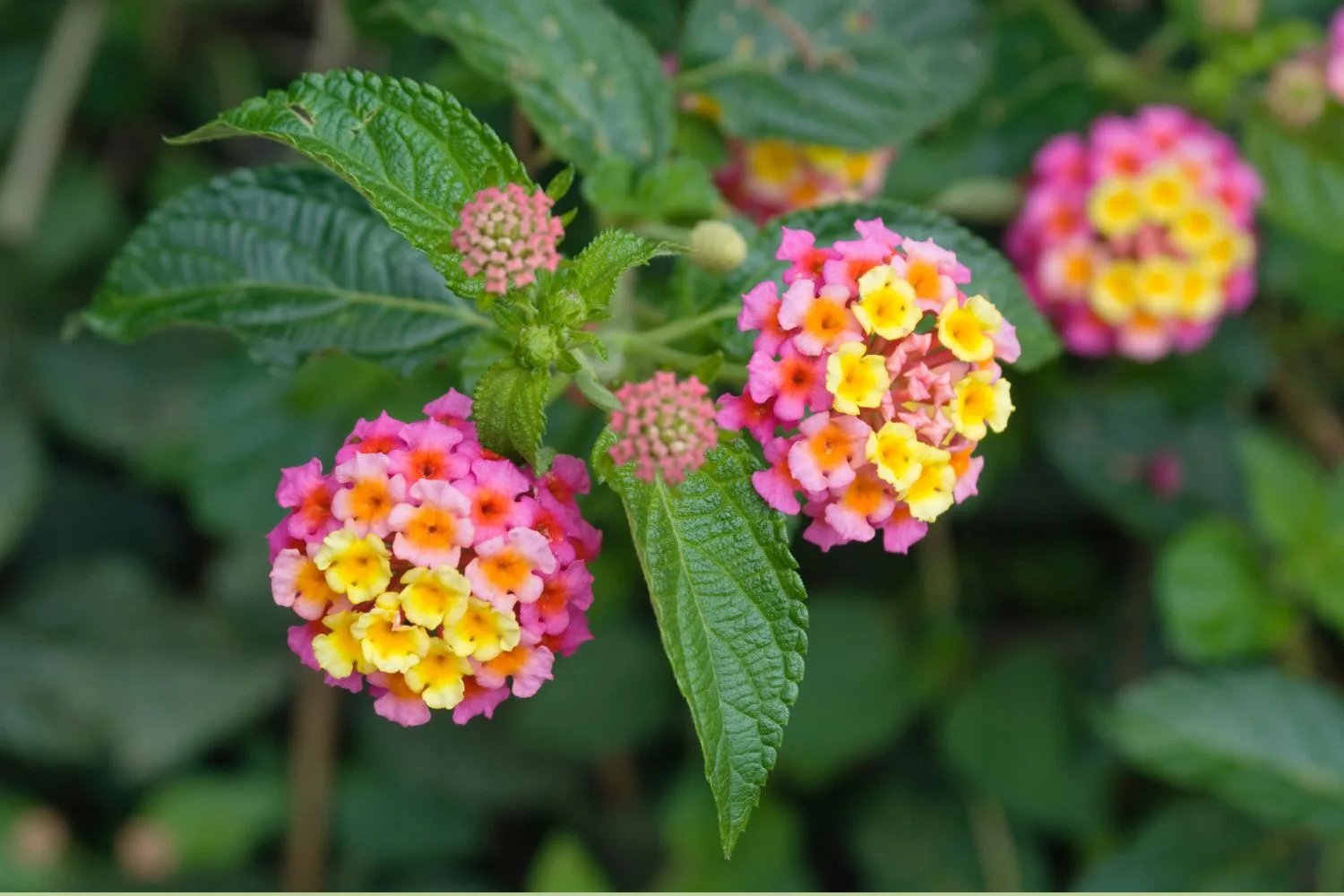
Lantana
This is a very common plant to be found in an Aussie backyard, but the berries that it produces can be toxic to dogs if ingested.
Parsnip
This root vegetable can cause a multitude of issues if ingested by your pooch, including, vomiting, diarrhoea and skin irritation.
Rhododendron
Again, rhododendron causes digestive issues in dogs, with vomiting and diarrhoea being common symptoms when ingested.
Azaleas
One of the more dangerous toxic plants, azaleas can cause cardiovascular issues for your dog. If ingested, your dog may experience a weakened heartbeat which can result in coma or death.
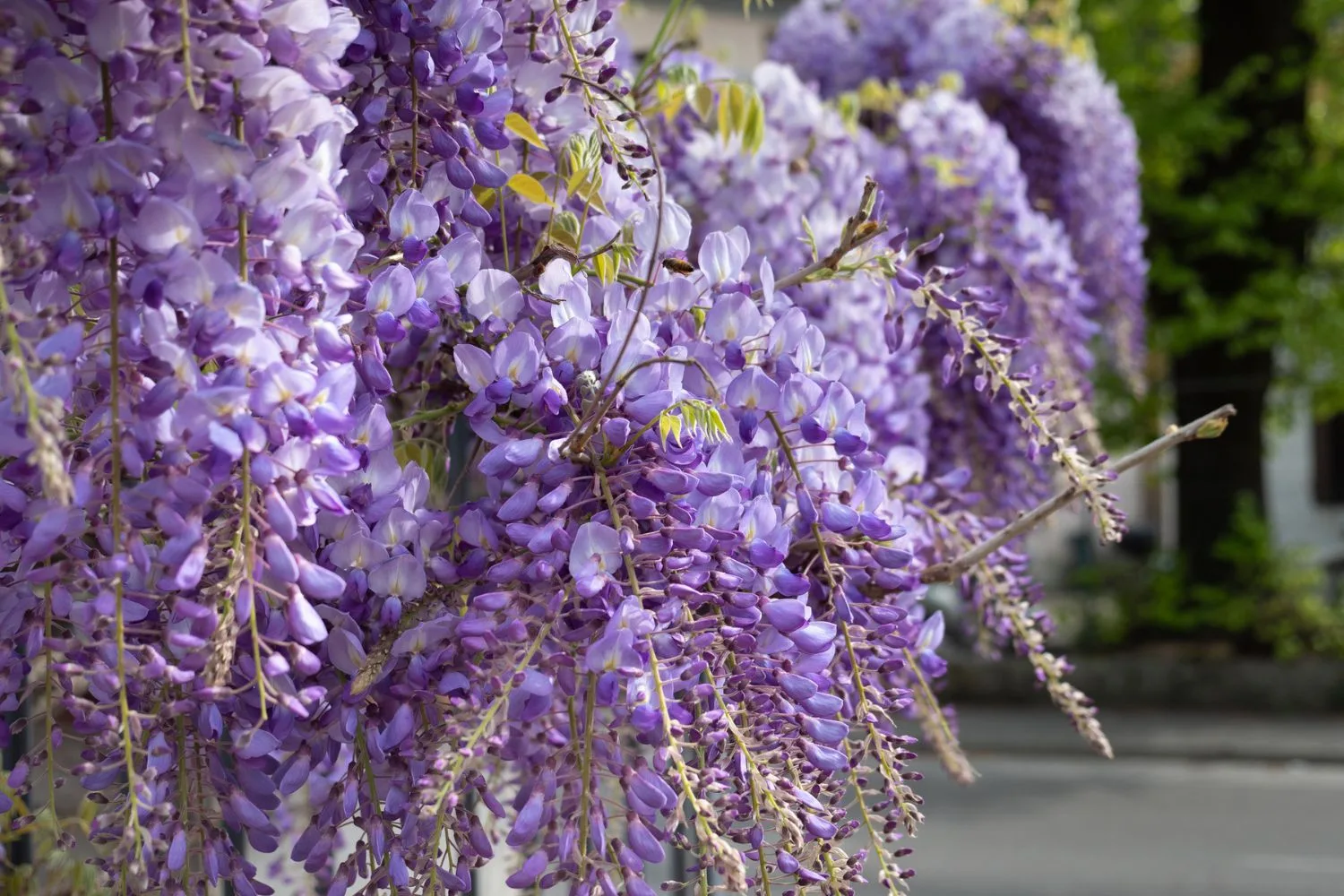
Lily of the valley
Eating any part of this plant can lead to digestive issues, a slowed heart rate, heart arrhythmias, seizures and in severe cases, death.
Wisteria
Wisteria contains glycoside toxins and lectin, which can cause digestive issues such as diarrhoea and vomiting. Lectin can also cause blood clotting, which can be a serious issue if left unattended.
Yew
Finally, the yew tree can cause more digestive issues if ingested by your pooch, including vomiting and diarrhoea.
A more comprehensive list can be found on Animal Welfare Victoria.
Signs of poisoning in dogs
It can be very stressful if your pup becomes unwell, especially in the case of poisoning. If you have any of these plants already established in your yard, then being able to spot when your dog is sick is extremely important. Here are the most common signs of poisoning in dogs:
- Vomiting and diarrhoea
- Loss of appetite
- Weakness or lethargy
- Seizures
- Excessive drooling
- Changes in behaviour
- Abdominal pain or stiffness
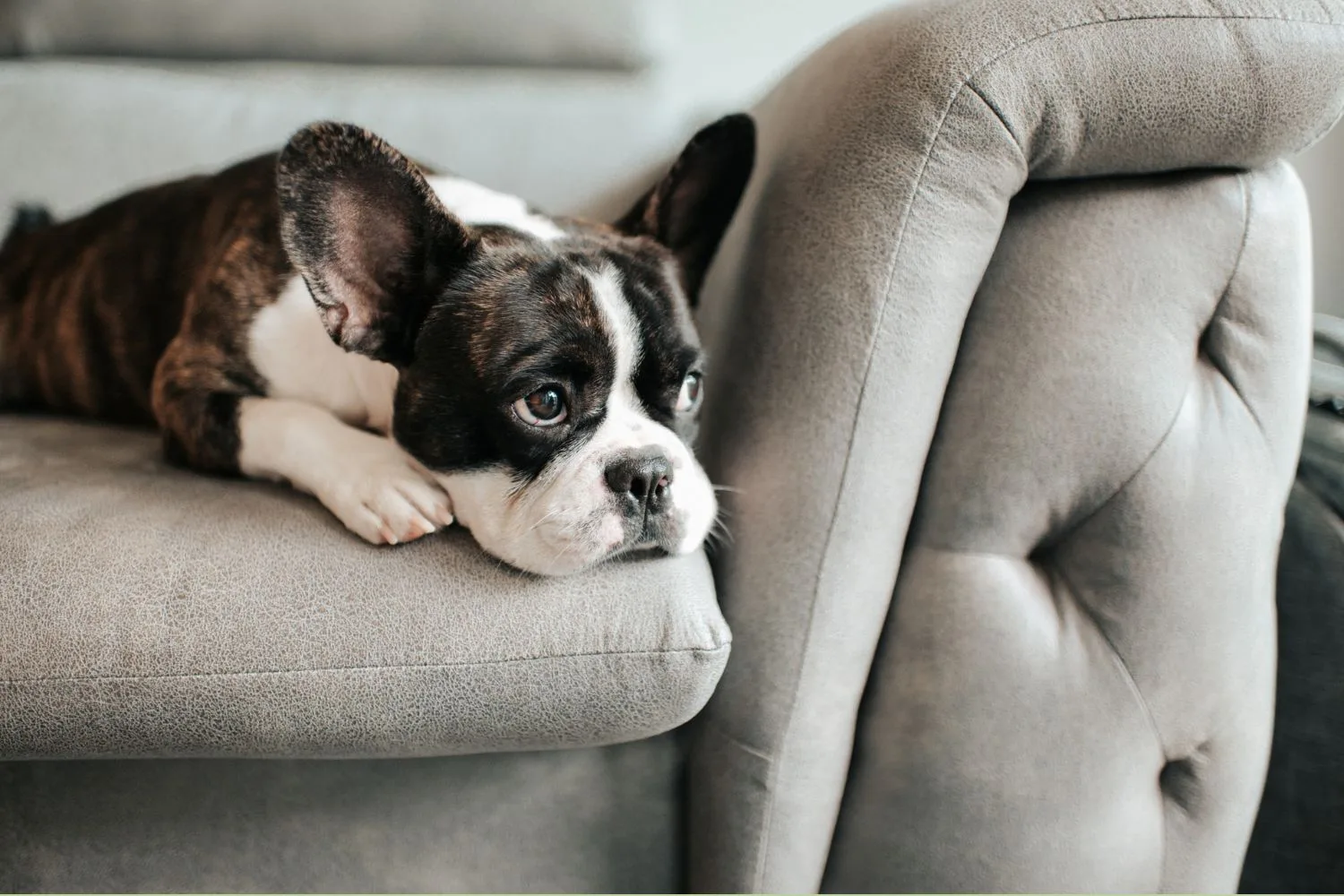
What to do if your dog has ingested a poisonous plant
If you notice a chunk missing out of your kangaroo paw, or your pooch is acting very unusually, then a trip to the vet is the first thing you should do.
In cases of seizure or severe symptoms, calling an emergency vet or animal poison control centre (Animal Poisons Helpline:1300 869 738) may be the best option for you. Do not attempt to treat your dog at home.
It can be quite scary to see your dog in pain or an emergency situation, so familiarising yourself with possible toxins, both inside and out in the garden, is always a great idea. Similarly, making sure you have all the right phone numbers and vet addresses at the ready is very helpful in these scenarios.
As far as recovery goes, your pup can definitely recover from plant poisoning. Poisoning is actually quite common in dogs, and vets know exactly how to treat their symptoms. If your dog is treated by a professional, they can fully recover and run you around in circles like normal!
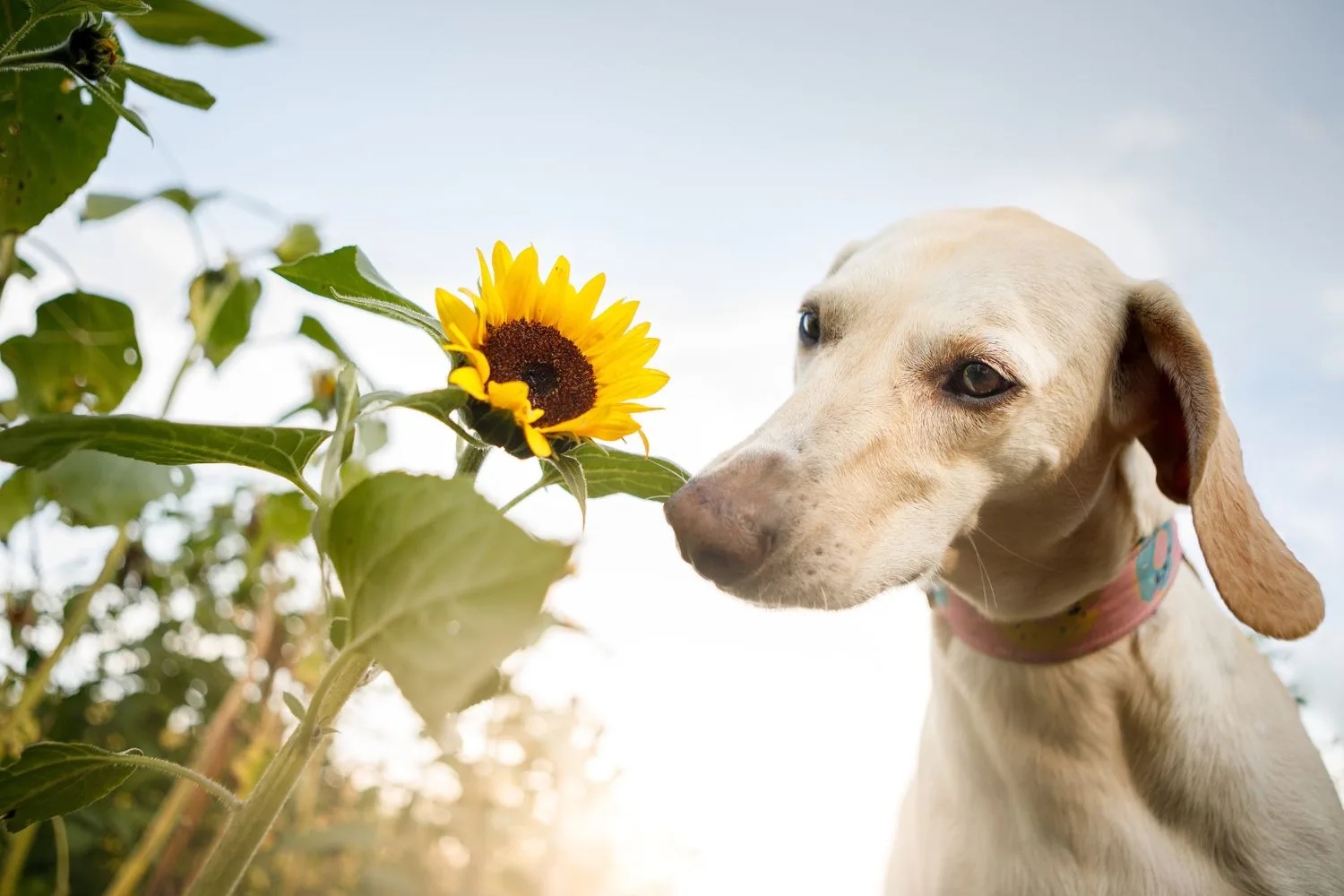
Dog-safe plants for the garden
Now that we’ve gone through all the scary plants that can potentially hurt your dog, it’s time to look at the plants that you can put in your garden without fear. And not to worry, these ones are just as pretty, and will create a beautiful (and safe!) environment for your pooch to play in.
- Lavender
- Rosemary
- Marigold (although dogs hate the smell of this one!)
- Tea tree
- Bottlebrush
- Grevilleas
- Sunflower
- Tomato
- Orchid
- Basil
- Bromeliad
This list isn’t by any means exhaustive, and there are so many species of plants out there that are fine for dogs to chew on to their heart’s content! The best way to plan out your garden if you’re getting a puppy is by researching the toxicity of the plants you wish to add.
You can visit the Animal Poisons Helpline for more information on household items and plants that are toxic to dogs.
And, of course, if you already have some of the dog-poisonous plants listed above, it is best to remove or simply place them out of reach for your pup.


